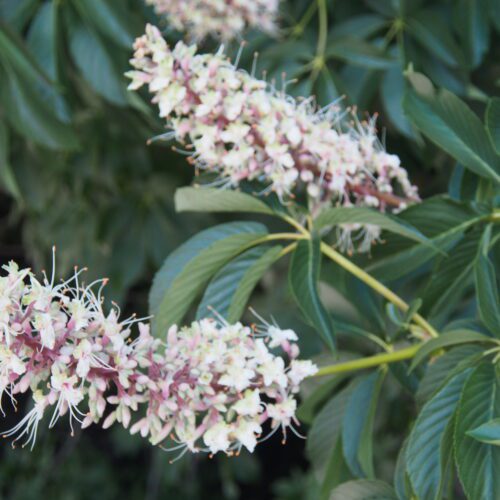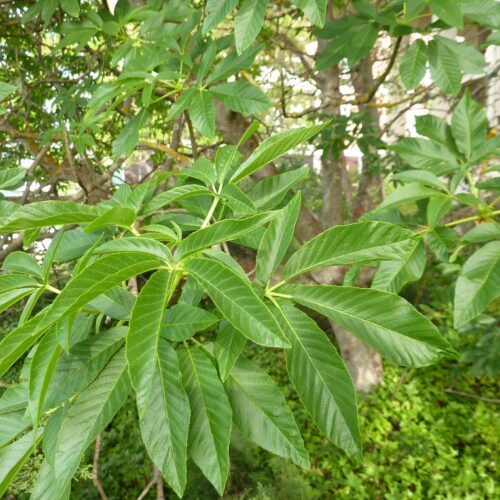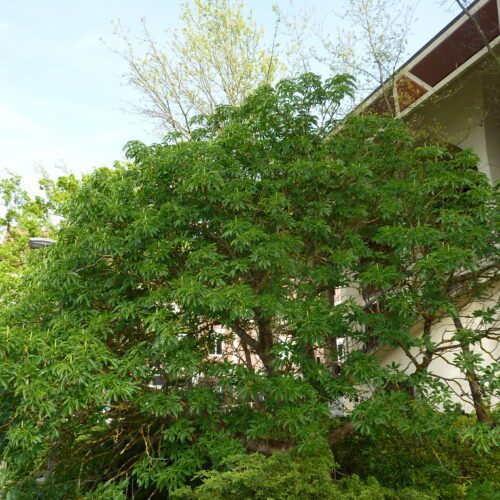Water conservation is an essential consideration when designing and managing Sonoma and Marin County landscapes. Our area enjoys a Mediterranean climate characterized by wet winters and long, dry summers with little rainfall. Plants that are suited or adapted to local conditions not only use less water but generally grow more successfully and robustly, with fewer insect and disease problems. They ultimately create a healthier, more beautiful and more sustainable landscape.
Below is a hand selected plant list for Sonoma and Marin counties that displays mostly native species that will thrive in our climate. You can search, filter and save specific plants to your plant list and also print plant cards.
-
California Native
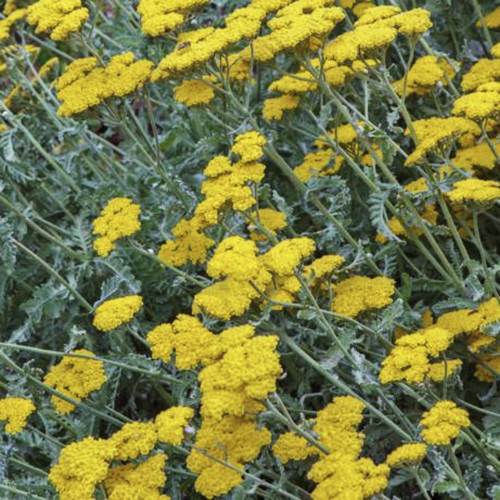
Yarrow
Achillea spp & cvs -
California Native
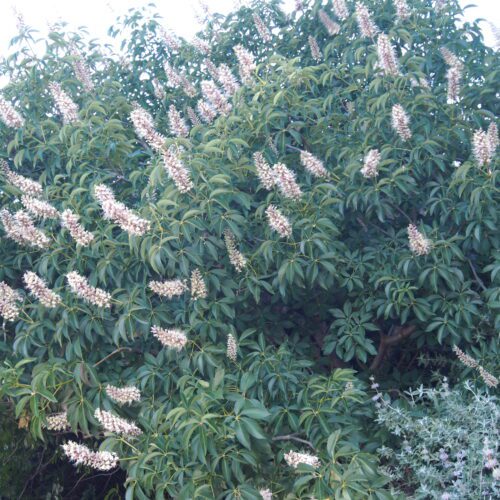
California Buckeye
Aesculus californica -
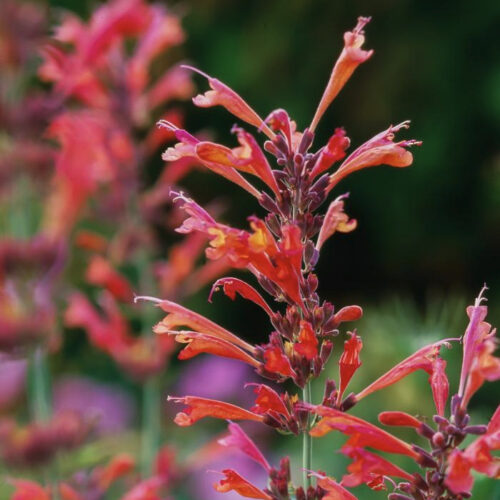
Hyssop, Licorice Mint
Agastache spp -
California Native
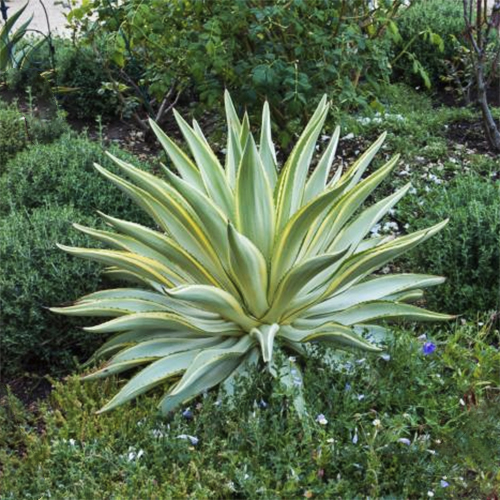
Agave
Agave spp -
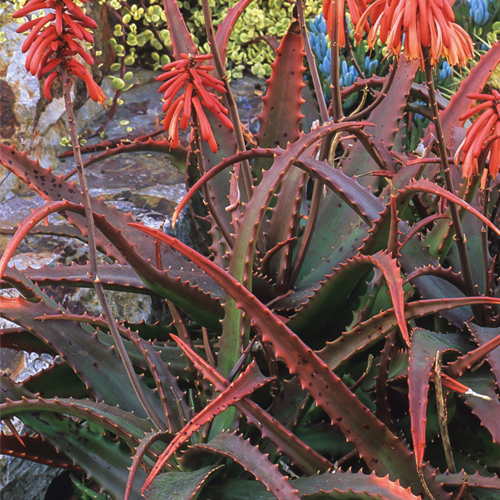
Aloe
Aloe spp -
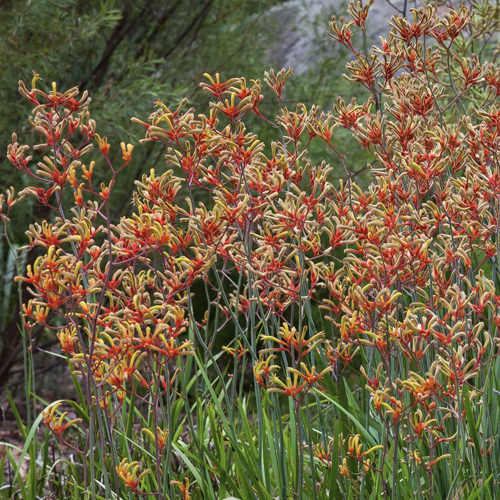
Kangaroo Paw
Anigozanthos spp -
California Native
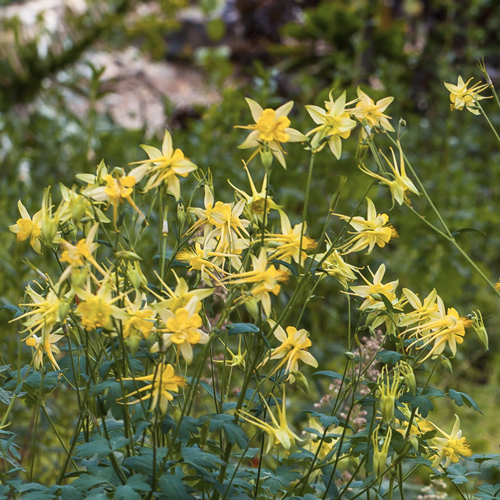
Columbine
Aquilegia spp -
California Native
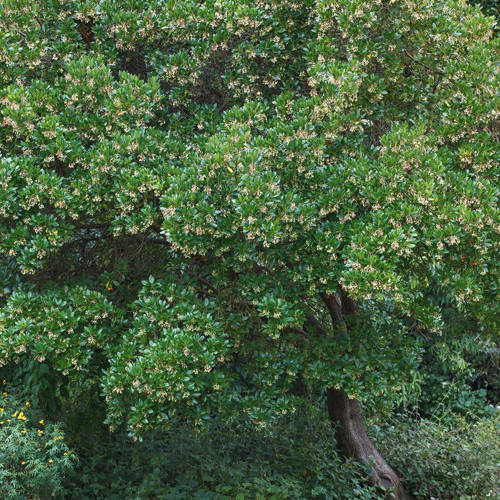
Arbutus, Strawberry Tree
Arbutus spp & hybrids -
California Native
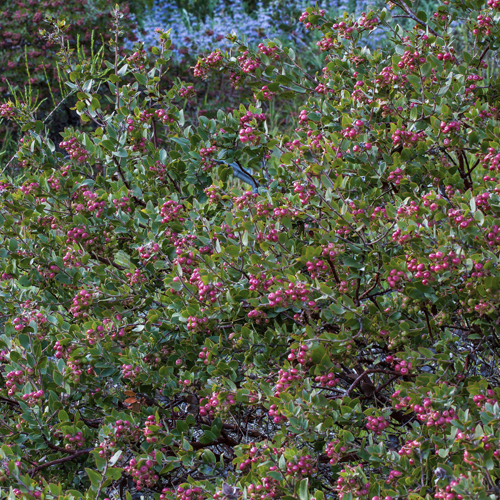
Manzanita, 'Dr. Hurd'
Arctostaphylos spp & cvs -
California Native
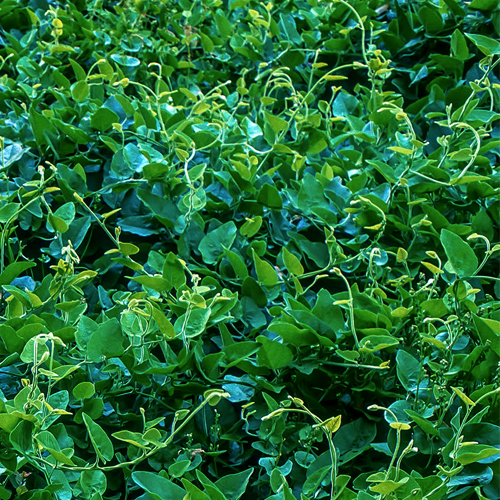
California Pipevine
Aristolochia californica -
California Native
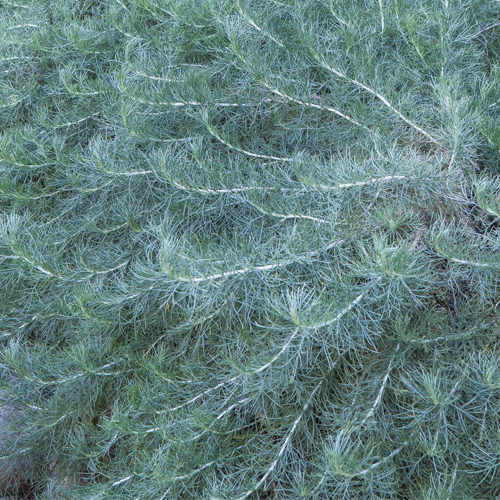
Sagebrush, Wormwood
Artemisia ssp -
California Native
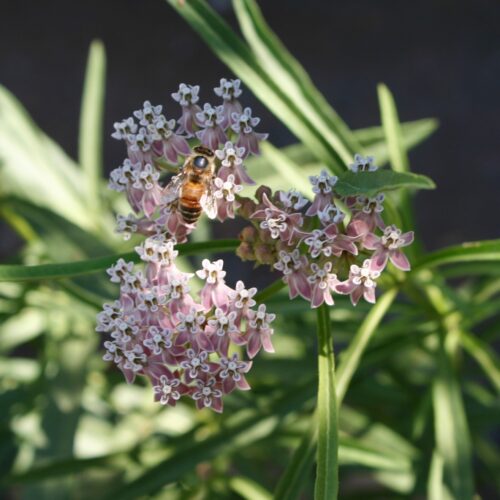
Milkweed
Asclepias spp


Yarrow
Achillea spp & cvs
Bulb, CA Native
Care:

Full Sun

Partial Shade

Low

Most Soils
Look:

Medium
size

Small
size

Gray Green
leaves

Green
leaves

Pink
flowers

Red
flowers

Yellow
flowers
Yarrow
Achillea spp & cvs
Bulb, CA Native
Care:

Full Sun

Partial Shade

Low

Most Soils
Look:

Medium
size

Small
size

Gray Green
leaves

Green
leaves

Pink
flowers

Red
flowers

Yellow
flowers
Yarrows are variable low-growing, spreading herbaceous perennials with finely divided leaves that inhabit many temperate regions in the Northern Hemisphere. Flattish clusters of flowers form in spring and well into summer and provide an important nectar source for pollinators and insects. Yarrow can help to stabilize slopes and is a good addition to the upper level of rain gardens and swales. Colors include yellow, pink, and red.
California native spp & cvs: A. millefolium (common yarrow), A. m. ‘Calistoga’, A. m. ‘Island Pink’, A. m. ‘Sonoma Coast’, A. m. ‘Terracotta’.
Other yarrows: A. filipendulina (fern leaf yarrow), A. f. ‘Coronation Gold’, A. ‘Moonshine’, A. tomentosa (woolly yarrow).


California Buckeye
Aesculus californica
CA Native, Shrub, Tree
Care:

Full Sun

Very Low

Well Drained
Look:

Medium
size

Green
leaves

White
flowers
California Buckeye
Aesculus californica
CA Native, Shrub, Tree
Care:

Full Sun

Very Low

Well Drained
Look:

Medium
size

Green
leaves

White
flowers
Large, multi-trunked shrub or small tree. Silvery gray bark with green leaves and clusters of fragrant white flowers. Summer deciduous, defoliating in early July and growing during wet winter and spring months. Only buckeye native to California, small trees are found in Southern regions while large shrubs are found in Northern regions.


Hyssop, Licorice Mint
Agastache spp
Care:

Full Sun

Partial Shade

Low

Well Drained
Look:

Medium
size

Small
size

Gray Green
leaves

Green
leaves

Lavender
flowers

Lilac
flowers

Orange
flowers
Hyssop, Licorice Mint
Agastache spp
Care:

Full Sun

Partial Shade

Low

Well Drained
Look:

Medium
size

Small
size

Gray Green
leaves

Green
leaves

Lavender
flowers

Lilac
flowers

Orange
flowers
Shrubby perennial in the mint family with aromatic gray-green leaves from southern Arizona and northern Mexico. Tubular orange and lavender flowers from midsummer to fall. Can be short-lived in clay soils.


Agave
Agave spp
CA Native, Succulent
Care:

Full Sun

Partial Shade

Very Low

Low

Well Drained
Look:

Large
size

Medium
size

Small
size

Blue
leaves

Green
leaves

Silver
leaves

Red
flowers

Yellow
flowers
Agave
Agave spp
CA Native, Succulent
Care:

Full Sun

Partial Shade

Very Low

Low

Well Drained
Look:

Large
size

Medium
size

Small
size

Blue
leaves

Green
leaves

Silver
leaves

Red
flowers

Yellow
flowers
Large group of succulents that can provide a sculptural focal point. Mostly from warm, dry areas of the southwestern United States, Mexico, and Central America. Well-adapted to California gardens, especially with well-drained soils.
Examples: A. americana, (century plant, 6’ x 10’), A. filifera (threadleaf agave, 2’ x 2’), A. parryi (artichoke agave, 3’ x 3’), A. shawii (Shaw’s agave, 2’ x 5’), A. weberi (5’ x 10’).


Aloe
Aloe spp
Succulent
Care:

Full Sun

Partial Shade

Low

Well Drained
Look:

Large
size

Medium
size

Small
size

Blue
leaves

Green
leaves

Silver
leaves

Orange
flowers

Red
flowers

Yellow
flowers
Aloe
Aloe spp
Succulent
Care:

Full Sun

Partial Shade

Low

Well Drained
Look:

Large
size

Medium
size

Small
size

Blue
leaves

Green
leaves

Silver
leaves

Orange
flowers

Red
flowers

Yellow
flowers
Large, variable group of succulents, primarily from South Africa, that produce yellow, orange, or red tubular flowers. Many are somewhat tender and are best grown in mostly frost-free areas. Plant in well-drained soils in full sun in coastal areas and with partial shade in hot locations.
Examples: A. arborescens (tree aloe, 6-8’ x 5-6’), A. ferox (bitter aloe, 3-5’ x 3-5’), A. maculata (soap aloe, 18” x 2-3’), A. striata (coral aloe, 2’ x 2’), A. vera (medicinal aloe, 2’ x 3-4’).


Kangaroo Paw
Anigozanthos spp
Care:

Full Sun

Low

Well Drained
Look:

Medium
size

Small
size

Green
leaves

Green
flowers

Orange
flowers

Pink
flowers

Red
flowers

Yellow
flowers
Kangaroo Paw
Anigozanthos spp
Care:

Full Sun

Low

Well Drained
Look:

Medium
size

Small
size

Green
leaves

Green
flowers

Orange
flowers

Pink
flowers

Red
flowers

Yellow
flowers
Southwestern Australian perennial with strappy, evergreen leaves and long-lasting, colorful and fuzzy tubular flowers attractive to hummingbirds. Prefers well-drained soils and can be short-lived.
Examples: A. flavidus (2-4’ x 2-3’), A. rufus (1-3‘ x 1-3’), A. ‘Red Cross’, A. ‘Regal Claw’.


Columbine
Aquilegia spp
CA Native
Care:

Partial Shade

Low

Most Soils
Look:

Small
size

Blue
leaves

Gray Green
leaves

Green
leaves

Purple
flowers

Red
flowers
Columbine
Aquilegia spp
CA Native
Care:

Partial Shade

Low

Most Soils
Look:

Small
size

Blue
leaves

Gray Green
leaves

Green
leaves

Purple
flowers

Red
flowers
This woodland perennial has blue-green, deeply divided leaves and delicate, nodding flowers. Leave spent flowers to form seed heads for a crop of new seedlings. There are many species and hybrids, but the red-and-yellow flowering Aquilegia formosa (western columbine) is perhaps the most fitting for gardens in Sonoma and Marin. Excellent companion for other shade-loving plants such as coffeeberry and currants.


Arbutus, Strawberry Tree
Arbutus spp & hybrids
CA Native, Shrub, Tree
Care:

Full Sun

Partial Shade

Low

Well Drained
Look:

Medium
size

Small
size

Green
leaves

Green - Dark
leaves

White
flowers
Arbutus, Strawberry Tree
Arbutus spp & hybrids
CA Native, Shrub, Tree
Care:

Full Sun

Partial Shade

Low

Well Drained
Look:

Medium
size

Small
size

Green
leaves

Green - Dark
leaves

White
flowers
Group of evergreen trees and large shrubs with attractive foliage and bark, small urn-shaped flowers, and reddish fruit. Prefer sunny locations and well-drained soil. A. ‘Marina’ (20-30’ – 15-30’) and A. unedo (strawberry tree, 15-30’ x 15-30’) are most commonly planted in California landscapes, either as multi-stemmed or single-stemmed, large shrubs or trees. While the two trees are similar in appearance, A. ‘Marina’ has cinnamon-brown shedding bark, whereas the bark of A. unedo is more brown. A. menziesii (madrone, 20-100’) is native to the west coast of North America, including the foothills of Sonoma and Marin counties. A. menziesii is less common in landscapes as it is notoriously difficult to establish.


Manzanita, 'Dr. Hurd'
Arctostaphylos spp & cvs
CA Native, Ground Cover, Shrub
Care:

Full Sun

Partial Shade

Very Low

Low

Well Drained
Look:

Large
size

Medium
size

Small
size

Green
leaves

Pink
flowers

White
flowers
Manzanita, 'Dr. Hurd'
Arctostaphylos spp & cvs
CA Native, Ground Cover, Shrub
Care:

Full Sun

Partial Shade

Very Low

Low

Well Drained
Look:

Large
size

Medium
size

Small
size

Green
leaves

Pink
flowers

White
flowers
Manzanitas vary from carpet-forming groundcovers to small trees. Manzanitas have varying shades of striking, reddish brown bark and can provide structure to a garden. These plants have evergreen foliage, small white-to-pink, urn-shaped blossoms in late winter to early spring, and then small fruits that resemble tiny apples.
Groundcovers: A. ‘Emerald Carpet’ (1’ x 3-6’), A. ‘Pacific Mist’ (2-3’ x 6-8’), A. nummularia ‘Bear Belly’ (1’ x 3’), A. uva ursi ‘Radiant’ (6” x 4-6’), A. uva ursi ‘Wood’s Compct’ (1’ x 3’).
Shrubs: A. ‘Howard McMinn’ (5-7’ x 6-10’), A. ‘John Dourly’ (3-4’ x 5-6’), A. ‘Lester Rowntree’ (8-10’ x 10-15’), A. ‘Sunset‘ (5-7’), A. bakeri ‘Louis Edmunds’ (8-10’), A. manzanita ‘Sentinel’ (6-8’ x 5’), A. hookeri ‘Wayside’ (3′ x 8′).
Trees: A. manzanita ‘Dr. Hurd’ (10-15′)


California Pipevine
Aristolochia californica
CA Native, Vine
Care:

Partial Shade

Shade

Low

Most Soils
Look:

Medium
size

Green -Light
leaves

Pale Green
flowers
California Pipevine
Aristolochia californica
CA Native, Vine
Care:

Partial Shade

Shade

Low

Most Soils
Look:

Medium
size

Green -Light
leaves

Pale Green
flowers
Important northern California native habitat plant that is the sole larval food source for the pipevine swallowtail butterfly. This deciduous vine grows naturally along stream banks and in woodlands and performs well under native oaks. Dutchman’s pipevine is relatively slow-growing and takes a few years to establish. Pendulous pipe-shaped flowers bloom in early spring, followed by soft, bright green, heart-shaped leaves. Best grown as a groundcover to provide protection for pipevine swallowtail larvae but will also twine up other plants and structures. The real show comes in late spring as larvae feed on the plant and grow into spectacular horned, black caterpillars with red spots!


Sagebrush, Wormwood
Artemisia ssp
CA Native, Shrub
Care:

Full Sun

Very Low

Low

Most Soils
Look:

Gray
leaves

Gray Green
leaves

Green
leaves

White
flowers

Yellow
flowers
Sagebrush, Wormwood
Artemisia ssp
CA Native, Shrub
Care:

Full Sun

Very Low

Low

Most Soils
Look:

Gray
leaves

Gray Green
leaves

Green
leaves

White
flowers

Yellow
flowers
Large group of plants that includes annuals, perennials, and shrubs grown for fine, soft-textured, aromatic, gray-green foliage. Flowers are inconspicuous but provide a source of pollen, nectar, and seeds for wildlife. Shrubby varieties can be cut back to maintain a more tidy and compact appearance. Perennial varieties can be divided in fall or early spring. Excellent choice as support for more showy plants in the garden.
Examples: A. ‘Powis Castle’ (3’ x 6’), A. californica (2-5’ x 4-5’, low-growing cultivars ‘Canyon Gray’ and ‘Montara’), A. pycnocephala ‘David’s Choice’ (6” x 2’).


Milkweed
Asclepias spp
CA Native
Care:

Full Sun

Partial Shade

Low

Most Soils
Look:

Medium
size

Green
leaves

Pink
flowers
Milkweed
Asclepias spp
CA Native
Care:

Full Sun

Partial Shade

Low

Most Soils
Look:

Medium
size

Green
leaves

Pink
flowers
Colony-forming, herbaceous perennials with several species providing important habitat and larval food sources for the monarch butterfly while attracting a diverse array of insects.
California milkweeds remain dormant during the colder months. Stems that emerge in April or May bear clusters of small, star-like flowers in summer followed by silky-tailed seeds that are dispersed by wind. A. fascicularis (narrow-leaved milkweed, 1-3’) is the preferred food source for monarch larvae. A. speciosa (showy milkweed, 2-4’) has larger, soft foliage, showier flower clusters, and is also a food source for monarch larvae. A. cordifolia (heart leaf milkweed, 1-2′) has heart-shaped leaves and is also a food source for monarch larvae.
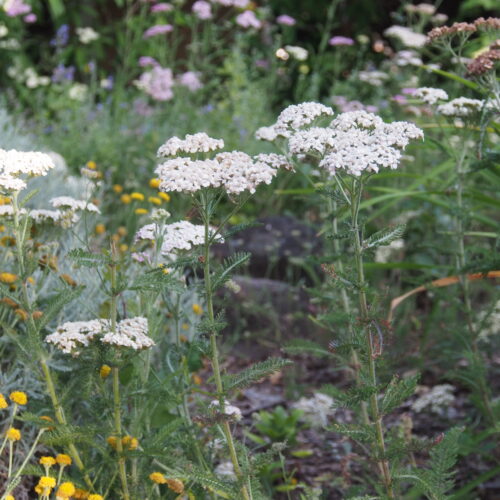
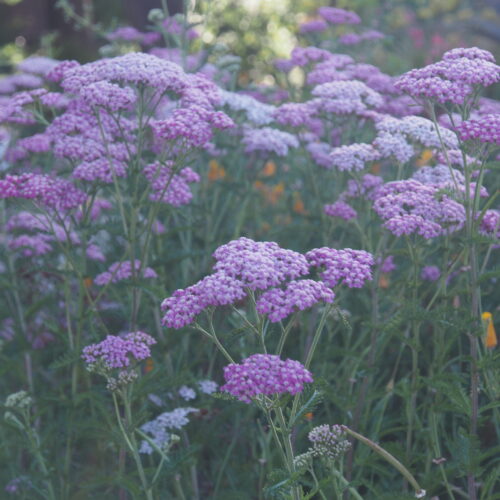
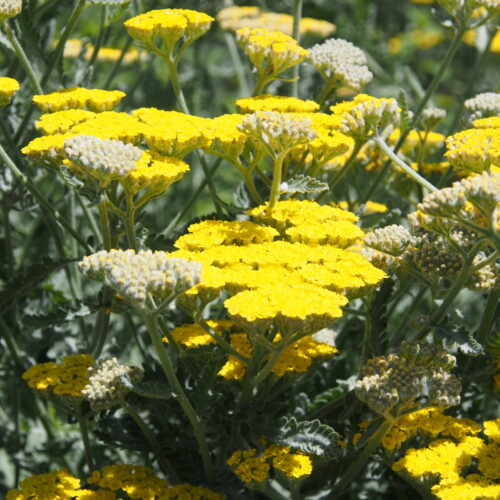
 Print this plant card
Print this plant card
